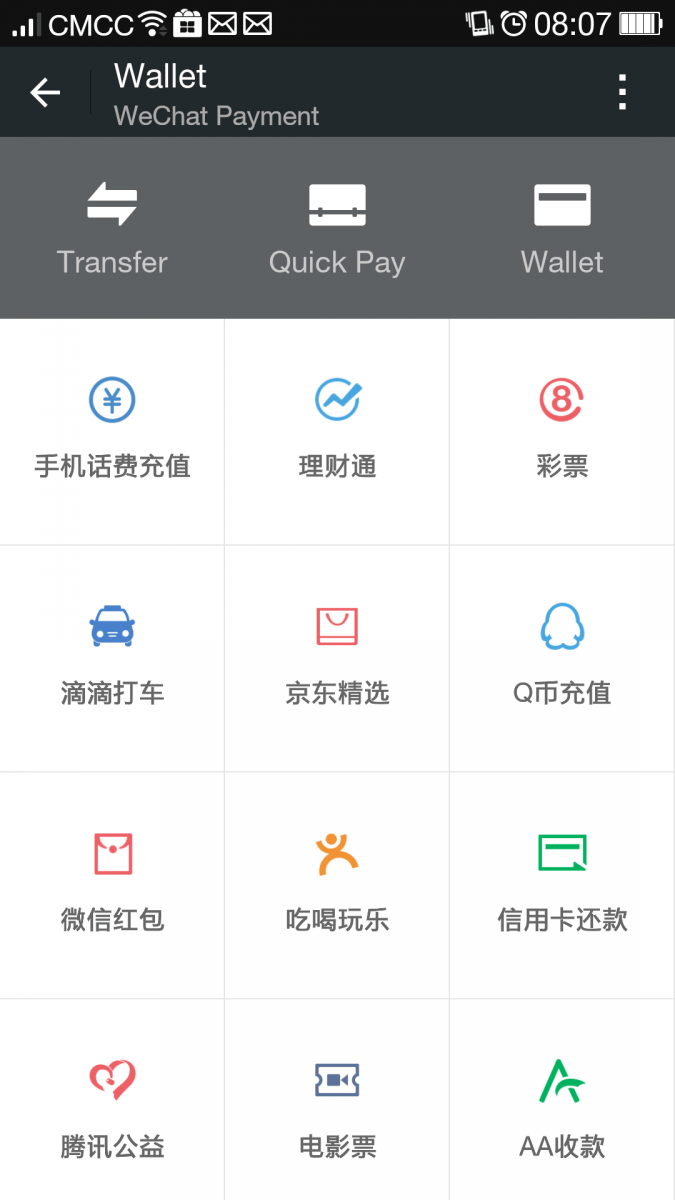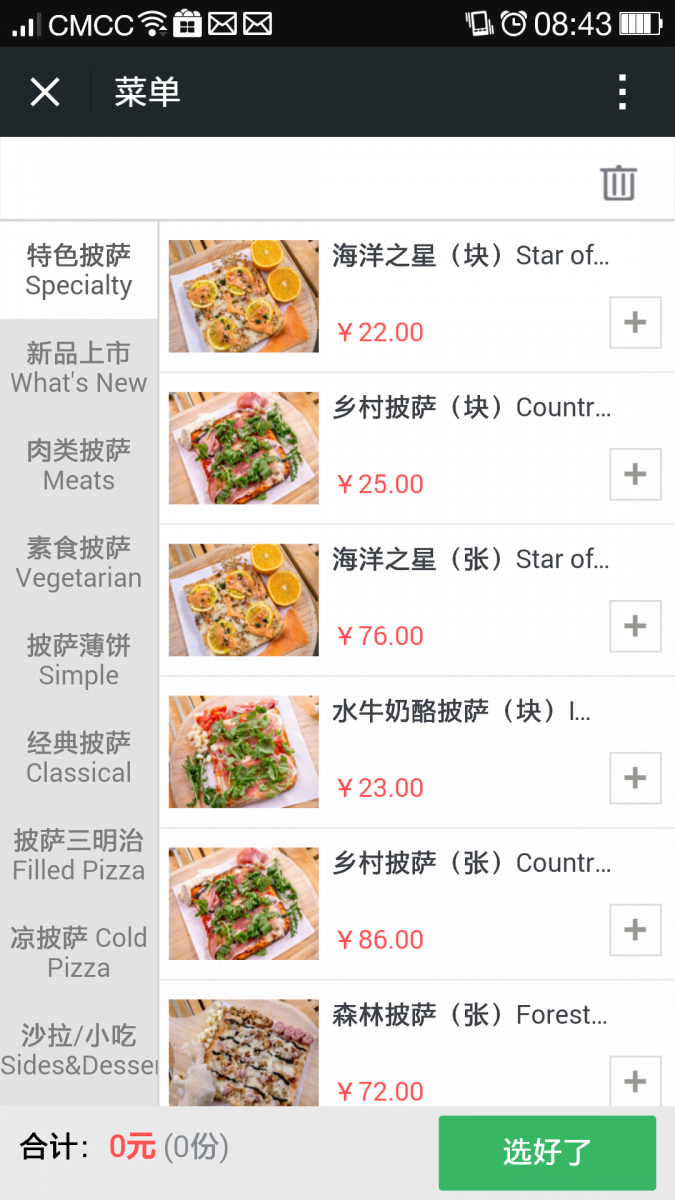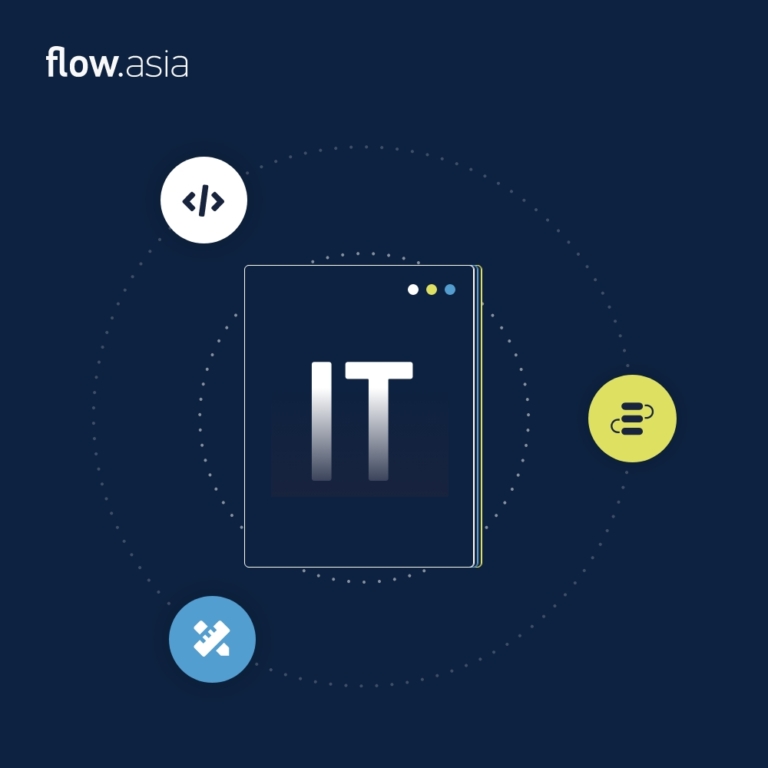
This post is the final part of the five-week-long Flow WeChat Marketing Special series, in which every week, we introduce and explain the practical use of selected WeChat features.
E-commerce in China is an extremely lucrative and fast developing industry. China became the biggest e-commerce market by surpassing the US in 2013. As a direct consequence of high smartphone penetration rate in China’s urban areas, mobile solutions have rapidly become standard, not only in the retail but also in the service sector. Paying for taxi fare, buying movie tickets or buying groceries are standard activities for Chinese mobile shoppers.
In order to boost monetization of its platform, WeChat launched its payment service in 2013 and gradually integrated popular apps to attract users. Tencent charges 0.6% commission on every transaction. By introducing the wallet feature, WeChat has become an ubiquitous marketing and e-commerce platform in the same time.
Since last autumn, the WeChat payment platform is available for third party developers to create HTML 5 based commercial apps similar to DiDiDaChe, JD or TongChengLuYou.
Understanding the scale of the opportunity to convert wechat users into customers through the same channel, more and more businesses are integrating the WeChat payment feature into web apps that are connected to their service accounts.
WeiDian’s service lets users easily build very simple web shop. Through their WeChat service account, followers can access this virtual mall, which gives access to all the independent shopfronts. Their goal is to provide a convenient solution for merchants and to become a highly trusted platform among WeChat shoppers. WeiDian supports WeChat payment services, so visitors can complete their purchase without leaving Tencent’s social app.
The popular Beijing pizza restaurant Pizza+ is also taking advantage of the WeChat payment related functions. Through their WeChat service account users can order and pay for their pizza delivery.









